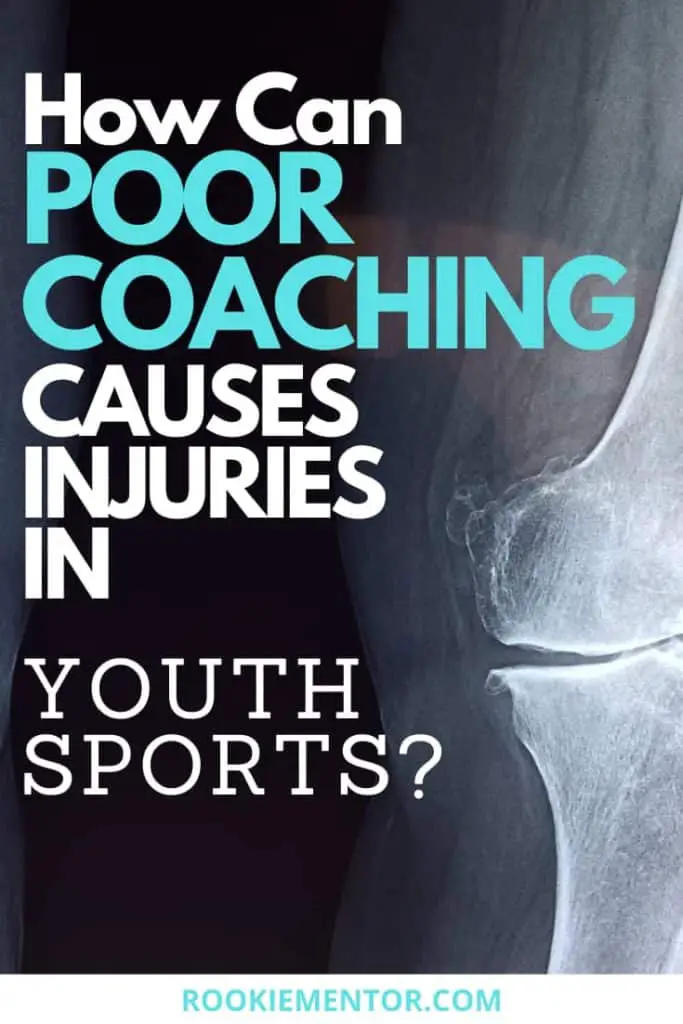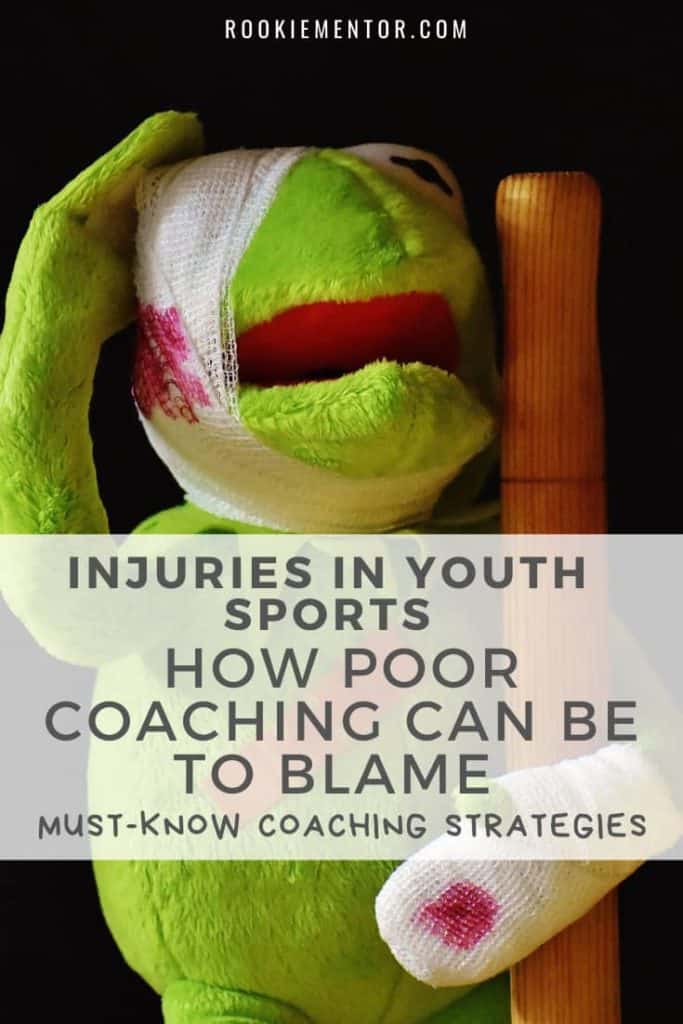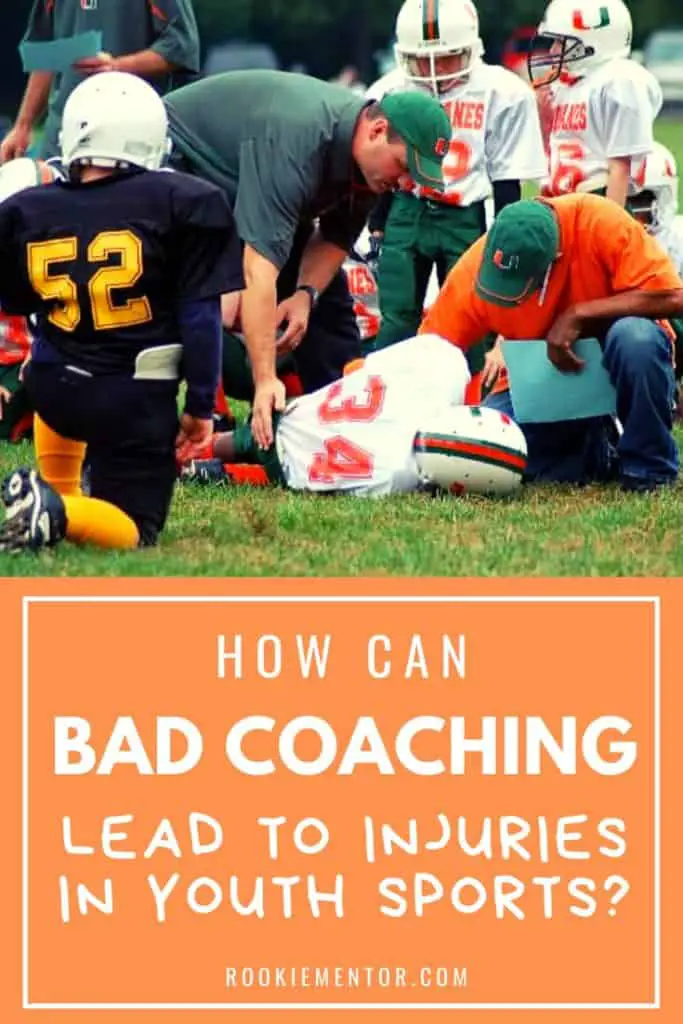Do you want to hear something frightening? More than 3.5 million kids under 14 years of age receive medical treatment for sports injuries each year. (source) And you know what? Youth sports coaches are partly to blame. But there is a lot we can do to proactively reverse this trend.
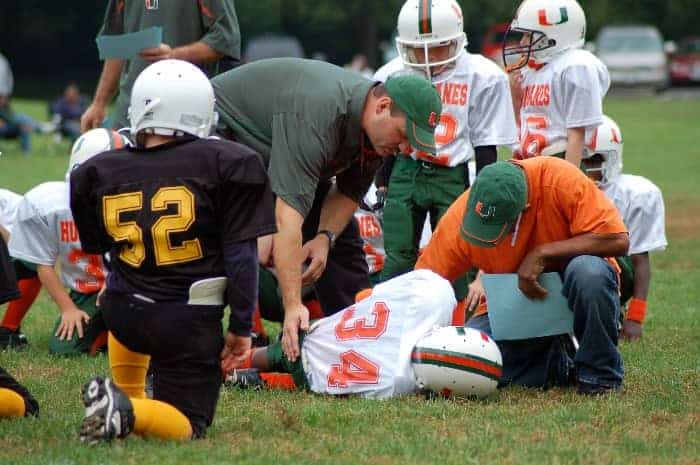
How Can Poor Coaching Cause Injuries in Youth Sports? Repetitively teaching poor technique, ignoring the need to warm up, stretch and cool down consistently, overtraining, forcing athletes to train in unsuitable environments and disregarding kid’s complaints of pain can cause preventable injuries in youth sports to unfortunately occur.
When discussing sports injuries you may hear the terms intrinsic or extrinsic factors that cause the injury. Intrinsic means something we can control, like personal fitness, while extrinsic is something we can’t control, like the weather. Despite the fancy words, youth sports coaches play an almighty role in both areas to stop injuries for our youth. But first, I want to explore how poor coaching can lead to injuries in youth sports.
Repetitively Teaching Poor Technique
For kids playing sports, they are typically learning these new skills accurately for the first time.
Think about it. Prior to joining a youth sports team, they have probably been playing with their friends or siblings in yard or the local park where the technique wasn’t that important.
It was okay to be awkward or sloppy in regards to technique, if you were having fun and playing with your friends.
But if we, as youth sports coaches, keep teaching these potentially bad habits they picked up from watching TV or even “how their friends do it”, it can lead to injury. Preventable injury.
It’s vital we teach the fundamentals of proper technique and how to perform an action correctly from the very start, despite how young they are. Actually, the earlier they learn the right way, the easier demonstrating that particular skill repetitively is going to be. The appropriate muscles will be involved, with limited overuse of muscles not supposed to be relied upon during a particular action.
Don’t let your athlete continue to demonstrate poor technique, even if it’s going to take a lot of work to change. Both the player and coach will thank each other in the long run.
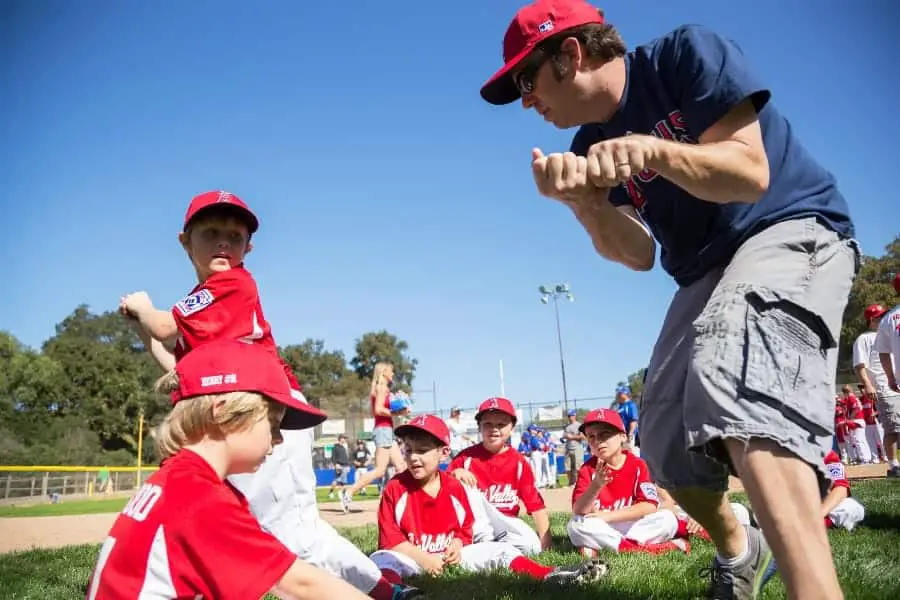
Ignoring the Need to Warm Up, Stretch and Cooldown Consistently
According to the American Heart Association, “Warming up and cooling down are good for your exercise performance — you’ll do better, faster, stronger.”
But how many of you have skipped one of these steps in your practice session? Maybe you were short of time? Or maybe you simply forget because a parent wanted to chat to you straight after practice.
Not effectively warming up, particularly when it’s in the middle of winter, can cause injuries.
The muscles have not received the oxygen-rich blood from your heart which is required to increase temperature, allowing for greater flexibility and proper movement. Warming up also helps your heart cope with the extra workload which is now gradual in nature and not such a shock.
“Warming up before any workout or sport is critical for preventing injury and prepping your body,”
JOhnny Lee, M.D., president of New York Heart Associates in New York City.
Cool down, on the other hand, is an interesting one. Does it help or not? The jury is still out but this research study performed by Sports Medicine, does recommend a few pointers for coaches:
- It should be shorter than approximately 30 minutes
- Involve low to moderate intensity to increase blood flow, but prevent the development of substantial additional fatigue
- Involve exercise that is preferred by the individual athlete
- It should involve the same muscles as used during the activity
As for stretching, this area of practice during pre or post-game recovery is often overlooked or done really badly just to tick a box.
Stretching has been thought to improve your joint range of motion, boost athletic performance and decrease your risk of injury.
But here are a few points to remember as a sports youth coach:
- Don’t stretch cold muscles.
- Stretching is not “warming up”.
- Don’t bounce as you stretch. Hold your stretch for at least 30 seconds whilst breathing normally.
- Focus on stretching muscles used most often in your sport.
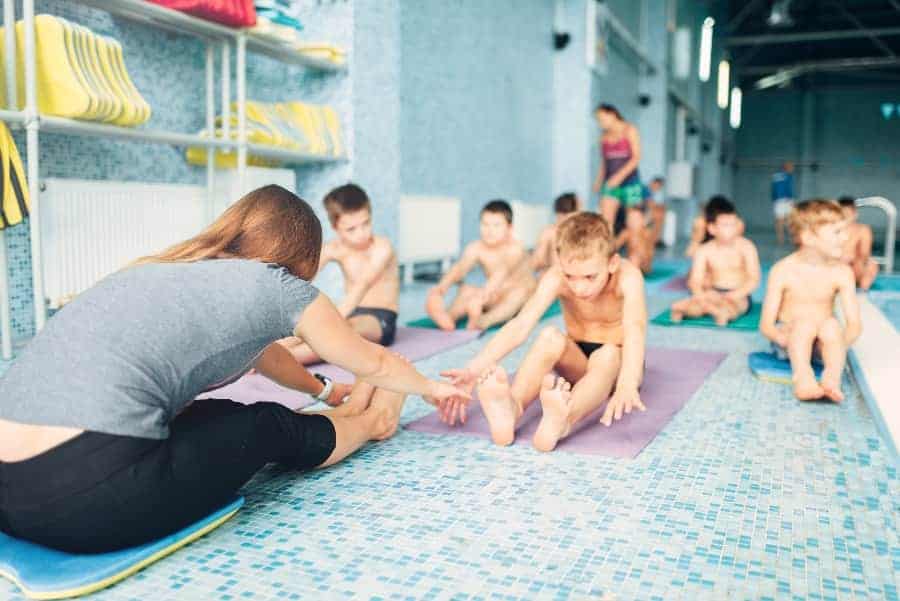
Not Demonstrating How to Use Exercise Machines Properly
Can you remember the first time you walked into a gym and wandered around the weights area? How did you feel? Overwhelmed because you didn’t know which machine to sit at and which you could actually operate without doing an injury?
Well, your players are probably feeling the same apprehension but are too embarrassed to say anything as they may seem inadequate amongst their friends and teammates.
It’s also important to note that weight training for young children is not recommended due to their developing bodies. It should start around 7 to 8 years of age (source), once the child’s balance and posture control has matured.
If you do have the fortunate access and availability of gym equipment and machines here are a couple of points to remember:
- Get expert advice from a personal trainer (or somebody with similar expert knowledge) to explain each and every piece of equipment. Explain what each piece of equipment should be focusing on even if it seems obvious
- Don’t assume your players will read and understand the instruction images and descriptions on each machine. Because they probably won’t.
- Recommend a starting weight and explain the difference between repetitions and sets
- If you are unsure how something works as a coach, don’t allow your players to use it without expert help. It’s not worth the injury risk.
- Ensure adequate rest between weight sessions.
- Observe for faulty or old equipment like misaligned treadmill belts, missing or removed safety keys, torn or frayed weight lifting cables, worn out resistance bands and improperly inflated stability balls.
Incorrect use of exercise machine equipment can suddenly stretch a muscle or area of soft tissue causing injury. Don’t become complacent when doing a harmless weights session.
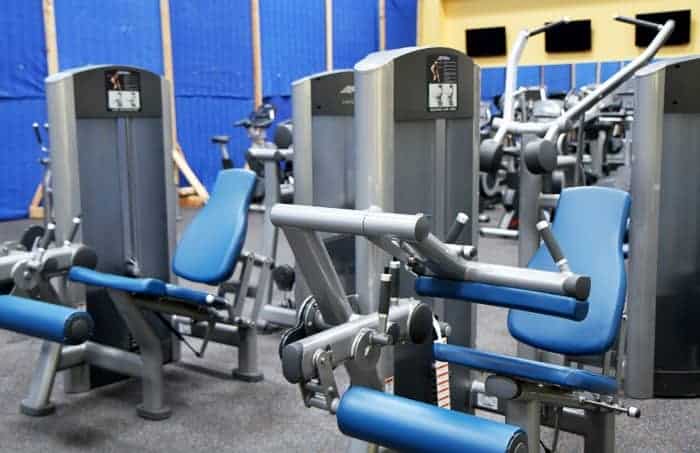
Overtraining Can Cause Overuse Injuries
How many trainings are you holding per week? How much rest are you giving your youth athletes between sessions? Not just the physical rest, but also mental element.
In an article published by the New York Times, reporter Jane E. Brody explains that:
- Children’s growing cartilage is more susceptible to stresses
- Most kids also have not yet developed the complex motor skills needed for certain sport until after puberty
- Children may be too small for protective equipment causing injury
Kids are different from adults. Their bodies are still growing, developing and require adequate rest.
“Single-sport specialized athletes in individual sports also reported higher training volumes and greater rates of overuse injuries than single-sport specialized athletes in team sports”.
The Physician and Sportsmedicine
Plenty of people in youth sports still go with the saying “practice makes perfect”. And to an extent, this is true. However, you also need to work smarter, not harder sometimes.
Coaches need to see the signs of athlete fatigue and seek feedback from the kids themselves and parents. There is no harm giving the kids the practice off after a tournament weekend. Why don’t you review film of your performance instead? Or look at completing a stretching/yoga session to relax muscle and assist in recovery.
This video from 60 minutes was published in 2014, so it’s a little blurry and “old -looking”, but the information is pretty interesting and it’s worth a watch.
Forcing Athletes to Train in Unsuitable Environments
Coaching is not just about x’s and o’s. You’re also responsible for ensuring the environment is safe for your athletes, right?
We explore this much deeper in a post we wrote titled, What are the Responsibilities of a Youth Sports Coach? which we recommend you check out.
Forcing kids to play or train on surfaces that are too hard or too soft can lead to injury.
Encouraging kids to “fight through the weather” being rain, hail, snow or extreme heat can also lead to injury. Why? Excessive force is being placed on certain joints, tissues and muscles forcing the athletes to manoeuvre their body differently in order to stay balanced. Sprains, twisted ankles and soft tissue injuries are also likely to increase due to changes in unfamiliar surfaces.
Prompting kids to practice or play on uneven surfaces can put increased pressure on one side of the body. I know I have felt this myself, running along a dirt path with potholes to avoid vs a concrete path.
Visibility on the playing surface is also something to consider. Heavy fog or rain can also impact athlete injuries.
Making poor coaching decisions in regards to the environment is seen too often as coaches don’t want to cancel practice as it might upset kids and parents.
I know it’s harder to make these tough decisions when standing at practice or at a game with an eagar group of kids and their parents, but be smart and ask yourself… am I risking injury for my players if they take the field in these conditions?
There is a fine balance between conditioning an athlete to different conditions and doing so when it’s unsafe.
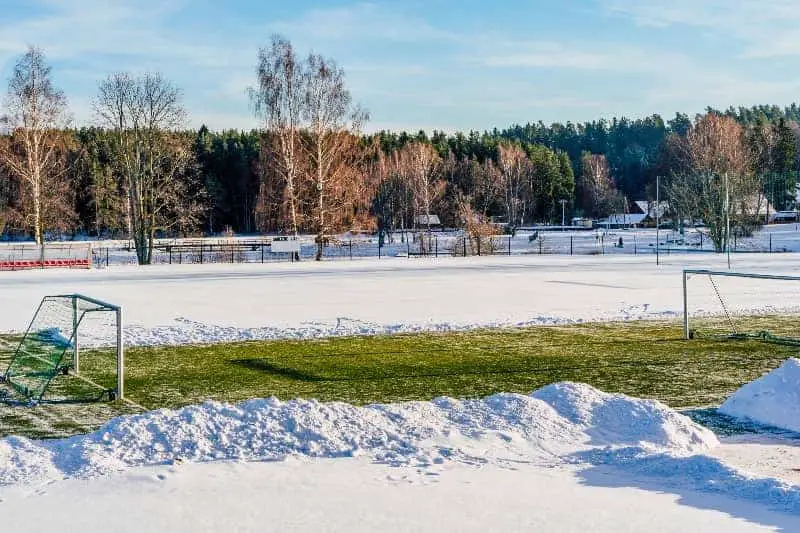
Not Explaining ALL the Rules in Enough Detail, Particularly to Athletes New to the Sport
When you started playing youth sports, did you know and understand all the rules? Or were you just excited to throw on a uniform, run around with your friends and maybe score a goal if you were lucky?
If we, as sports coaches don’t take the time to understand and enforce the rules of the game, injuries will keep occurring.
Players, even the youngest ones, need to learn what to expect from their teammates and positions on the court/field to prevent injury.
I’m sure you’ve played in teams where others, or maybe yourself, didn’t know where they were supposed to run or where to go and collided with another athlete? Teach the rules and demonstrate proper positioning to avoid unnecessary chaos and injury.
Irresponsible Coaching
I often think about poor coaching as irresponsible coaching, particularly at a youth level. You are their mentor, role model and somebody who is supposed to have their back.
You are meant to prioritize their safety and ensure the environment and playing atmosphere is as supportive as possible.
It’s not about what’s on the scoreboard.
I wanted to highlight a few points below for you to consider and ask yourself, am I being an irresponsible coach?
- Letting kids play hurt.
If an athlete already has an injury, even a mild one, they need proper assessment and time out from the game. Even if they are your “best player”! If the doctor or physiotherapist says 6-8 weeks rest, this doesn’t mean they are okay to resume playing at 4 weeks with a “we will watch you closely and see…”
If your player is complaining of pain in a particular area, listen. Don’t ignore the signs as this can lead to overcompensating for an injury, making matters worse.
- Not enforcing strict rules against headfirst sliding (baseball and softball), spearing (football) and checking (in hockey).
- Disregarding the referee’s priorities in performing safety checks at the start of each match.
For example the removal of jewelry, long nails etc.
- Ignoring the need to check the playing surface, removing any sharp or potentially harmful objects from the playing environment.
This can be anything from pieces of glass on the football field to dust on a basketball court.
- Allowing players to use one piece of equipment, such as a helmet, for multiple sports.
This is particularly relevant for kids playing multiple sports like football and baseball.
- Not showing the same level of safety diligence at practice when compared to the game.
Why is this important? Well, 62% of organized sports-related injuries occur during practice. But do you know that a third of parents and probably coaches do not have their children take the same safety precautions at practice that they would during a game. (source)
Related post: Obnoxious Youth Sports Parents: Your Role As Coach
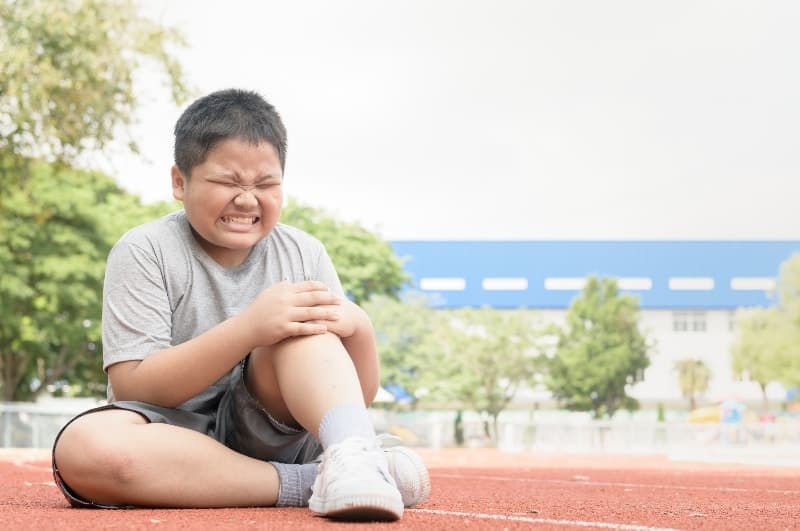
Final Tips for Coaches to Prevent Injuries from Occurring?
- Get to know your sport REALLY well.
Read, watch and take a course to learn everything you can. You will pick up on the proper techniques, focal teaching points and high-risk areas in your sport. Be a sponge.
- Educate your other coaching staff on the correct technique relative to your specific sport. Once you are up to speed, encourage your other coaches to do the same. For example, as seen in this YouTube video, to avoid tennis elbow your arm needs to be straight when hitting instead of bent. This is a pretty simple thing to miss if you don’t know what you’re looking for.
- Make sure the equipment the kids are using is in good, functioning order.
- Ask yourself, do the athletes have the recommended protective equipment necessary to minimize harm?
What if the child “forgot to bring it.” Do you have a backup plan?
- Ensure athletes are wearing the correct clothing and footwear to support the movements necessary to play freely.
The wrong footwear can cause slippage and will not support the foot or ankle. These kids are still growing and developing and it’s imperative we make sure their shoes are appropriate and speak to their parents if they are not.
- Work on fitness.
If kids are trying to perform a task, particularly a new one, when they are physically and psychologically fatigued they can get sloppy regarding their technique, leading to injury.
- Be smart in equipment setup.
When setting up equipment like heavy football tackling bags or dummies with your players and other coaches, make sure proper lifting and manoeuvring techniques are voiced. Simple instructions like bending your knees, NOT bending from your hips, can save straining your back and one of your players too.
- Healthy body, healthy mind.
Advise youth sports players on the importance of getting enough sleep, healthy nutrition and to steer clear of the candy.
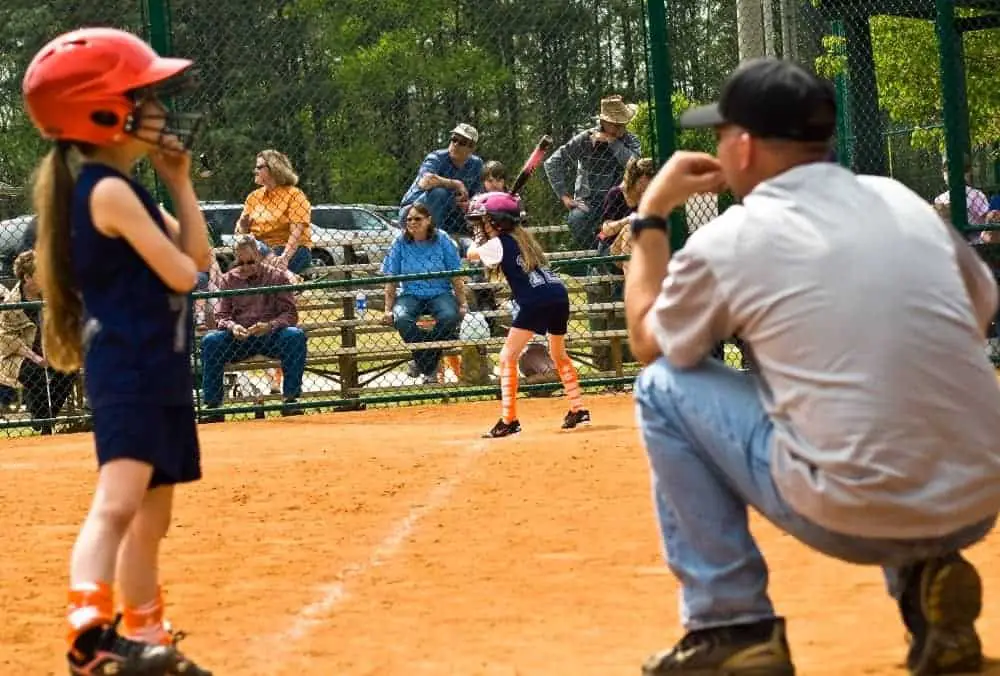
Summary: How Can Poor Coaching Cause Injuries in Youth Sports?
We as youth sports coaches are not the only people at fault when we look at the horrific statistics for youth sports injuries.
But we can’t bury our head in the sand either.
Be diligent when teaching proper technique and don’t allow players to be “sloppy” when performing a skill. Check the equipment before use and remember your role is not all about what’s on the scoreboard.
How do you prevent youth sports injuries for your athletes?
Cheers,
Emma

